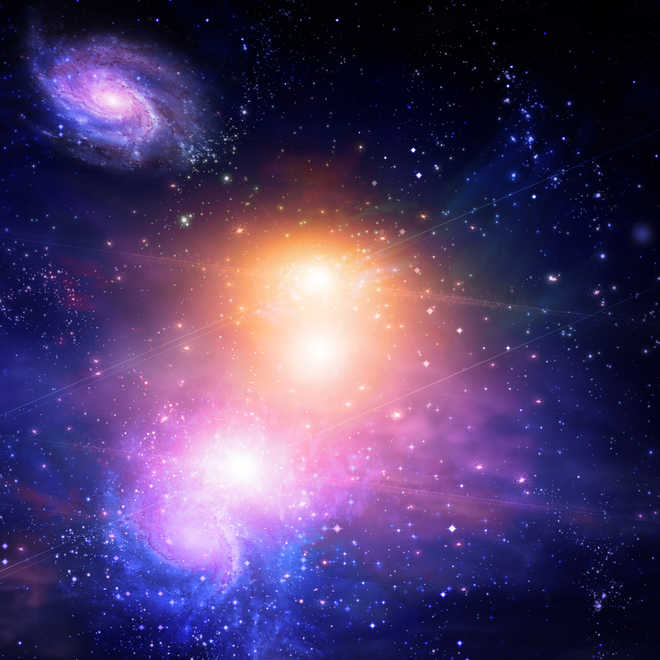
For representation only. Photo source: Thinkstock
Los Angeles
The Hubble Space Telescope has spotted the farthest active inbound comet ever seen, at a whopping distance of over 2.4 billion kilometres from the Sun.
Slightly warmed by the Sun, it has already begun to develop a fuzzy cloud of dust over 100,000 kilometres wide, called a coma, enveloping a tiny, solid nucleus of frozen gas and dust.
These observations represent the earliest signs of activity ever seen from a comet entering the solar system's planetary zone for the first time.
The comet, called C/2017 K2 (PANSTARRS) or "K2," has been travelling for millions of years from its home in the frigid outer reaches of the solar system, where the temperature is about minus 262 degrees Celsius.
The comet's orbit indicates that it came from the Oort Cloud, a spherical region almost a light-year in diameter and thought to contain hundreds of billions of comets.
Comets are the icy leftovers from the formation of the solar system 4.6 billion years ago and therefore pristine in icy composition.
"K2 is so far from the Sun and so cold, we know for sure that the activity — all the fuzzy stuff making it look like a comet — is not produced, as in other comets, by the evaporation of water ice," said David Jewitt of the University of California, Los Angeles in the US.
"Instead, we think the activity is due to the sublimation a solid changing directly into a gas] of super-volatiles as K2 makes its maiden entry into the solar system's planetary zone," said Jewitt.
"That's why it's special. This comet is so far away and so incredibly cold that water ice there is frozen like a rock," he said.
Based on Hubble observations of K2's coma, researchers suggest that sunlight is heating frozen volatile gases — such as oxygen, nitrogen, carbon dioxide, and carbon monoxide — that coat the comet's frigid surface.
These icy volatiles lift off from the comet and release dust, forming the coma. Past studies of the composition of comets near the Sun have revealed the same mixture of volatile ices.
"Most comets are discovered much closer to the Sun, near Jupiter's orbit, so by the time we see them, these surface volatiles have already been baked off. That's why I think K2 is the most primitive comet we've seen," he added.
K2 was discovered in May by the Panoramic Survey Telescope and Rapid Response System (Pan-STARRS) in Hawaii.
Researchers used Hubble's Wide Field Camera 3 at the end of June to take a closer look at the icy visitor.
Hubble's sharp "eye" revealed the extent of the coma and also helped researchers estimate the size of the nucleus —less than 19 kilometres across —though the tenuous coma is 10 Earth diameters across.
The Hubble images do not show a tail flowing from K2, which is a signature of comets.
The absence of such a feature indicates that particles lifting off the comet are too large for radiation pressure from the Sun to sweep them back into a tail.
For the next five years, the comet will continue its journey into the inner solar system before it reaches its closest approach to the Sun in 2022 just beyond Mars' orbit.
"We will be able to monitor for the first time the developing activity of a comet falling in from the Oort Cloud over an extraordinary range of distances," Jewitt said.
"It should become more and more active as it nears the Sun and presumably will form a tail," he said. PTI



























